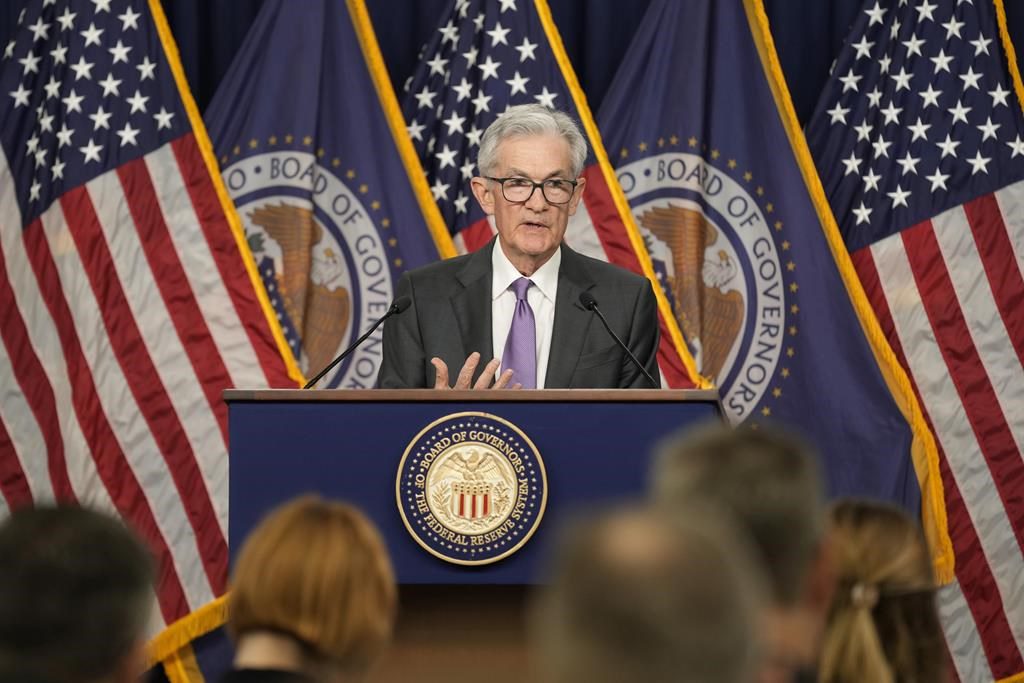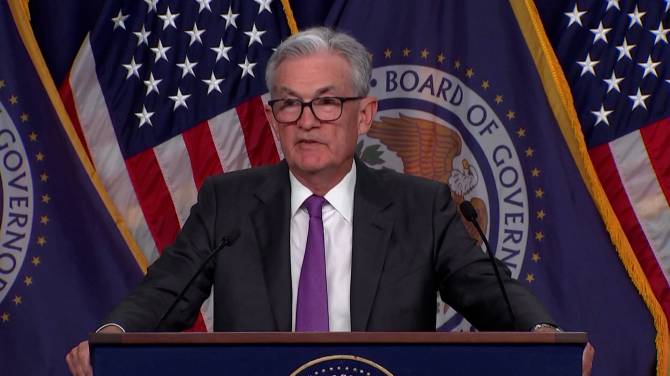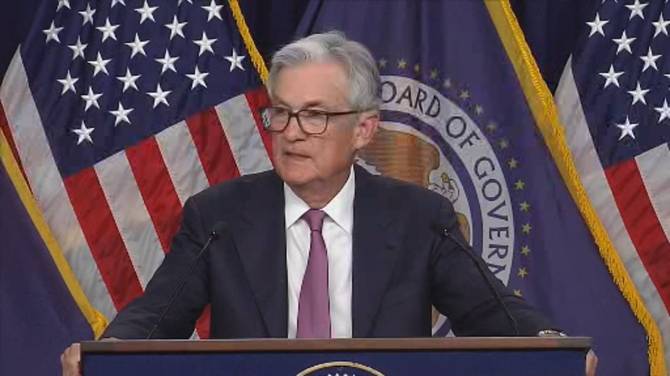Federal Reserve officials indicated on Wednesday that they still anticipate reducing their important interest rate three times in 2024, leading to a surge on Wall Street, despite signs that inflation remained high at the beginning of the year.
At present, the officials have kept their benchmark rate the same for the fifth time in a row.
During a press conference, Chair Jerome Powell stated that the unexpected increase in inflation in January and February hasn't fundamentally altered the Fed's view of the economy: The central bank still expects inflation to continue decreasing, though at a slower pace than before.
The recent high inflation readings came after six months of steady declines in price hikes. On Wednesday, economists and Wall Street investors were seeking clarity on how the latest inflation reports were being interpreted at the Fed.
According to Powell, the January and February data
showed that stronger growth and inflation above their 2% target level would persist into next year, based on new quarterly projections issued by the policymakers. Overall, the forecasts indicate that the Fed still expects a unique combination: A healthy job market and economy along with cooling inflation — just at a slower pace than predicted three months ago.
Powell mentioned that the Fed faces “two-sided” risks as it tries to decide when to make its rate cuts.
The Fed chair said, “We’re in a situation where if we ease too much or too soon, we could see inflation come back. And if we ease too late, we could see unnecessary harm to employment.”
Over time, rate cuts would result in lower costs for home and auto loans, credit card borrowing, and business loans. They could also benefit President Joe Biden’s re-election bid and provide an economic boost from lower borrowing rates, amidst widespread public dissatisfaction over higher prices.
The financial markets responded positively to the message from Powell and the Fed on Wednesday, with traders driving the Dow Jones industrial average up 1% to reach another all-time high.
The Fed’s policymakers did make some minor adjustments to their outlook: Their projections showed that by 2025, they now expect only three rate cuts, down from the four they had predicted in their December forecasts.
One reason for this could be that they anticipate “core” inflation, excluding volatile food and energy costs, to be 2.6% by the end of 2024, up from their previous projection of 2.4%. In January, core inflation stood at 2.8% based on the Fed’s preferred measure.
Most economists anticipate the Fed announcing its first rate cut at the June meeting, reversing the 11 hikes implemented over the past two years. These hikes have helped lower annual inflation from a peak of 9.1% in June 2022 to 3.2%, but have also increased borrowing costs for businesses and households.
Even though consumer inflation dropped since mid-2022, it has remained above 3%. In the first two months of 2024, the cost of services like rents, hotels, and hospital stays stayed high. This indicated that high borrowing rates weren't enough to slow inflation in the economy's large service sector.
While the Fed's rate hikes usually make borrowing more costly for homes, cars, appliances, and other expensive items, they have much less impact on services spending, which usually doesn't involve loans. Since the economy is still strong, there's no urgent reason for the Fed to reduce rates until it believes inflation is consistently under control.
Luke Tilley, chief economist at Wilmington Trust, a wealth management company, stated, “There's no urgency for them. They've got a strong economy, strong labor market.”
The U.S. economy is mostly healthy. Employers are still hiring, unemployment is low, and the stock market is at record highs. However, average consumer prices are still much higher than before the pandemic, causing dissatisfaction for many Americans, and Republicans have tried to blame Biden for this.
There are indications that the economy may weaken in the next few months. For example, Americans slowed their spending at retailers in January and February. The unemployment rate is at 3.9%, which is still healthy but higher than last year's half-century low of 3.4%. Additionally, much of the recent hiring has been in government, health care, and private education, with many other industries barely adding any jobs.
Other major central banks are also keeping rates high to ensure control over consumer price increases. In Europe, there is pressure to reduce borrowing costs as inflation decreases and economic growth slows. The leader of the European Central Bank hinted this month that a potential rate cut could happen in June, while the Bank of England isn't expected to indicate any imminent cut when it meets on Thursday.
—





